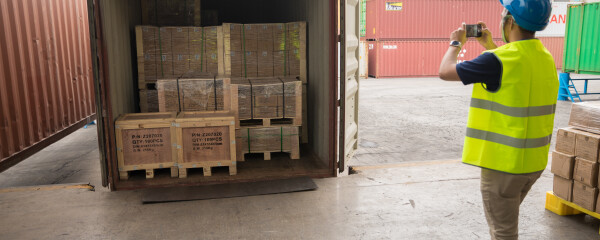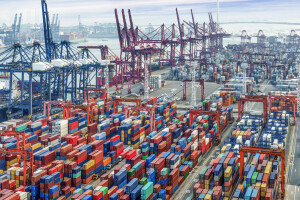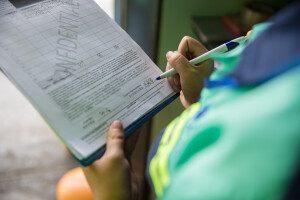15
Oct 2020
Container Loading Supervision (4 out 4)
In our previous articles in this series, we talked about the importance of an efficient sourcing of supplier, the need to carry out a factory audit to your suppliers to check whether they comply with the regulations of the tax and customs authorities in order to reduce any risk for your company and investment and on the importance of quality inspections that helps importers to identify any problems with their products, in addition to provide information and tools to decision makers to solve any problem at the right time. However, the last step in an international purchasing process that it is advisable to carry out in the country of origin of the goods is a Container Loading Supervision (CLS).
According to the Administration of the Port of Manzanillo, in 2019, the port of Manzanillo managed more than 3.06 million TEUs, surpassing the Lázaro Cárdenas´ Port (1.31 million TEUs) and positioning itself as the largest maritime port in Mexico.
Likewise, the Study on Dispatch Time in Mexico 2019 published by the Mexican government establishes that if the goods are subjected to a prior supervision in the port of Manzanillo, they leave the controlled premises in an average of 218 hours and 54 minutes ( 9 days approx.). However, if the goods are not subjected to a prior supervision, the times are reduced to an average of 174 and 53 minutes (7 days approx.).
 A container loading supervision aims to avoid sanctions and penalties at destination customs due to undeclared goods, incorrect labeling and discrepancies in quantities as well as description and content of the product. Likewise, this process allows the importer to confirm that their finished products are handled correctly at the time of loading, since normally this operation is carried out at the supplier’s facilities or in a third-party warehouse and is carried out after Final Production Inspection (FPI).
A container loading supervision aims to avoid sanctions and penalties at destination customs due to undeclared goods, incorrect labeling and discrepancies in quantities as well as description and content of the product. Likewise, this process allows the importer to confirm that their finished products are handled correctly at the time of loading, since normally this operation is carried out at the supplier’s facilities or in a third-party warehouse and is carried out after Final Production Inspection (FPI).
Why do you need a CLS in the goods´ country of origin?
A CLS results in benefits in safety, costs and time.
1.- Security.
- Verify compliance with regulations and non-tariff restrictions in optimal times.
- Commercial security of products and quantities requested.
- Reduces risks due to product display at destination customs.
- Avoid damage and abuse due to mishandling of the merchandise in the port of destination.
2.- Costs.
- Eliminate storage, delays and charges for damage to the container (nonexistent).
- Avoid sanctions and penalties by the customs authority at destination due to undeclared goods, incorrect labeling, discrepancy in quantities, description and content of the product.
- Eliminates re-processes at destination port.
3.- Time.
- Speeds up customs clearance time.
- Greater control in the supply chain.
- Allows accurate planning in relation to product availability.
The container loading supervision plan is always design with the Customs Agent inputs where the parameters to be documented from origin (technical and customs) are determined.
Conclusions.
The Mexican ports have an excess of capacity that limits the efficient dispatch of goods. According to the Study on Dispatch Time in Mexico 2019, prior supervision at the port of destination entails “dead times” since they are not properly used to fulfill any formality or requirement. This is the example of the time that elapses between the positioning of the truck on the platform and the breaking of the locks or seals to open the cargo compartment, which allows the unloading of the goods and delays the entire process.
Finally, the container loading supervision that is carried out from origin is a tool that allows importers, freight forwarders and customs agencies to confirm the quantities, packaging, labeling and regulations that dictate the tariff classification of their goods and if it is necessary, it allows them to take the needed measures to comply with the customs regulations upon arrival at the port of destination.

































